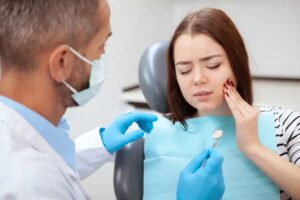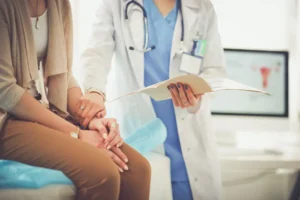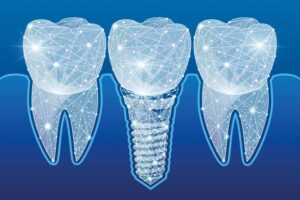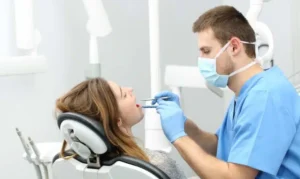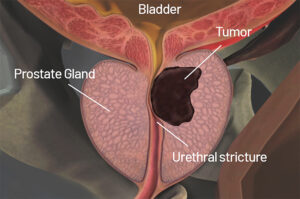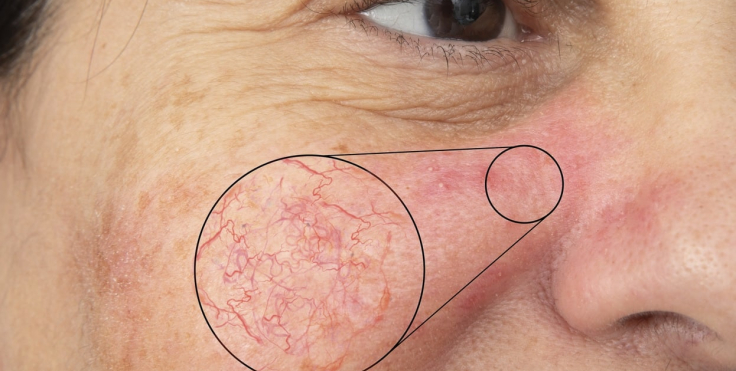
Spider veins are small, damaged veins that can appear on the surface of the skin. While often looked at as a cosmetic issue, they can sometimes indicate underlying venous concerns. These fine lines, which may be blue, purple, or red, typically form in a web-like or branching pattern on the legs and face. Understanding the causes, symptoms, and potential complications of vein issues can play a role in managing your overall vein health.
Causes of Spider Veins
Several factors can contribute to the development of spider veins. They occur when tiny one-way valves inside veins weaken, allowing blood to pool and the vein to swell. Heredity plays a significant role, so if your close family members have them, you may be more likely to develop them as well. Hormonal changes from puberty, pregnancy, and menopause can also increase the risk, as can birth control pills. Other factors include prolonged sitting or standing, obesity, and a history of blood clots, all of which add pressure to lower-body veins.
Symptoms of Spider Veins
The symptoms associated with spider veins can be both visible and physical, though many individuals experience no discomfort at all. The presentation can vary widely from person to person, depending on the severity and location of the affected veins. Recognizing these signs is the first step toward addressing them.
Visible Signs
The most apparent symptom is the appearance of fine, thread-like lines on the skin. These veins can form in distinct clusters that resemble a spider’s web or may appear as separate, scattered lines. They are most commonly found on the thighs, ankles, and calves, but they can also develop on the face, particularly around the nose and cheeks.
Physical Discomfort
While spider veins may not cause any physical sensations, in some cases, they can lead to symptoms in the affected areas. This can include feelings of aching, burning, throbbing, or mild swelling, particularly after long periods of standing or sitting. Itching or a sensation of heaviness in the legs may also occur and can worsen throughout the day.
Complications of Spider Veins
In most cases, they are not a serious medical concern. They can sometimes be associated with more significant issues or lead to uncomfortable complications. It is necessary to be aware of these potential developments:
- Bleeding: Because of the location of these veins close to the skin’s surface, they can occasionally bleed following a minor injury, such as a scratch or bump.
- Skin Ulcers: In rare instances, particularly when associated with underlying venous insufficiency, the skin over the veins can thin and break down, forming a sore or ulcer that may be slow to heal.
- Discomfort and Pain: As mentioned, these veins can cause persistent aching, burning, or throbbing that may interfere with daily activities and reduce quality of life.
Treatment for Spider Veins
For individuals seeking to address them for cosmetic or symptomatic reasons, several treatment options are available. Sclerotherapy is a common procedure where a specialist injects a solution directly into the vein, causing it to collapse and fade over time. Laser therapy is another option, which uses concentrated beams of light to heat and destroy the targeted veins without needles or incisions. The most appropriate treatment depends on the size, location, and number of veins, as well as an individual’s overall health.
Protect Your Vein Health
Spider veins are a common condition influenced by genetics, lifestyle, and hormonal factors. While often harmless, they can cause physical discomfort and, in some cases, may be linked to other venous issues. Understanding the causes and symptoms can help you take proactive steps toward managing your vein health. If you are concerned or are experiencing discomfort, consult a healthcare professional.
